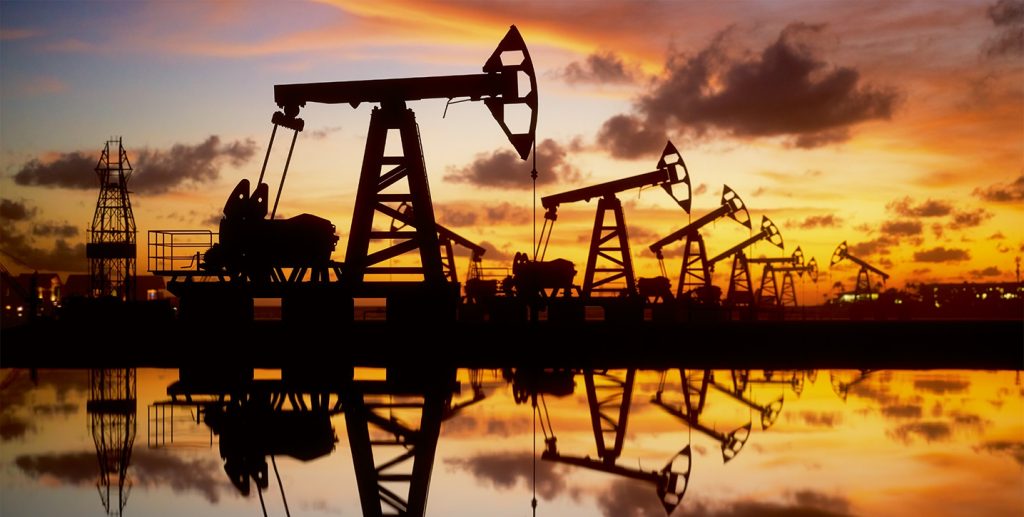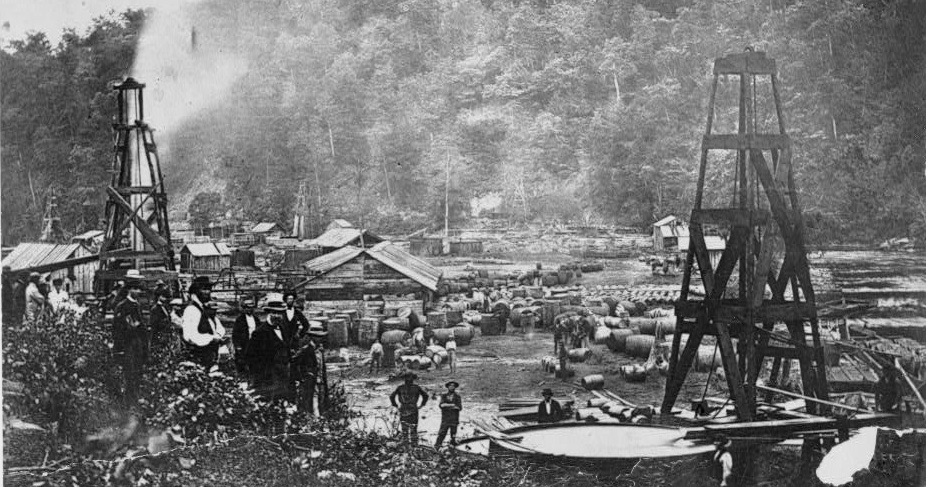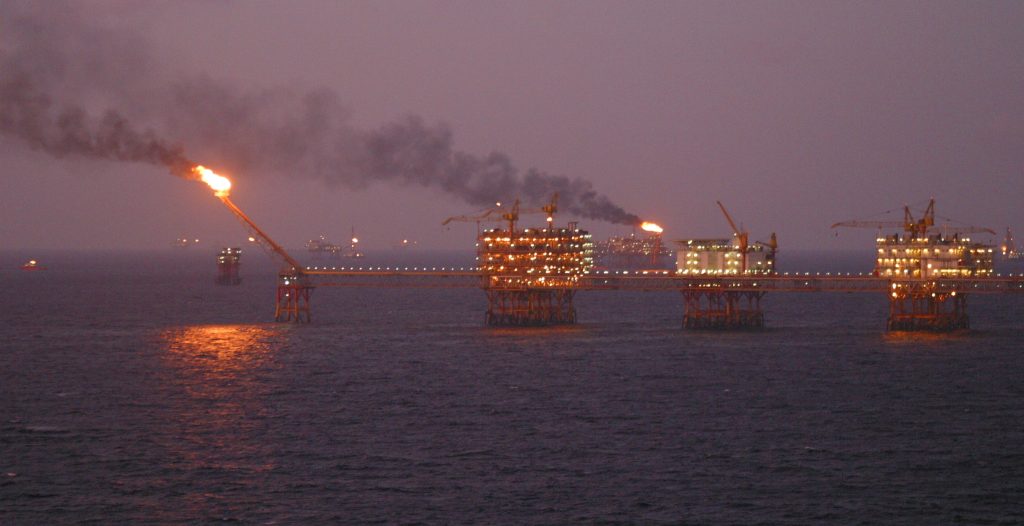American Oil Industry: A History and Forecast
- The American Oil Industry: A Great Empire Within The Energy Chain

Being an energy rich nation blessed with industrialisation and a promise of plenty, the United States has always been at the center of the oil business on a global scale.
It’s ample resource base, technological capabilities, and strong work ethic made the country to be a force to reckon with in the energy industry. This essay aims to unravel the key players, trends and challenges facing the oil industry in America today.
- A Brief History of American Oil

There is perhaps no more romanticized and thrilling story than that of the American oil boom. The first commercial oil discovered in the nation was Bell’s well and no sooner had it been discovered than the nation was slated for an oil boom. In a little while, the Standard Oil Company under John D.
Rockefeller became dominant in the pervading landscape assimilating a great percentage of the company. The monopolistic tendencies however run afoul of antitrust laws in the 20th century leading to the dismantlement of Standard Oil and the rise of the contemporary oil giants.
- Major Companies of the U.S. Oil Industry

At present, in the U.S. oil industry, one sees not only international companies but also independent producers.
The so-called “Big Oil” companies led by ExxonMobil, Chevron, and BP, if not the most active, are still present, operating in various industries such as exploration, production, refining, and marketing. They are also well funded and are found in almost all parts of the globe.
Nonetheless, independent producers have received more attention in the last few years, more so in the Permian Basin in Texas and New Mexico. These companies usually specialize in limited geographical regions or particular types of oil and gas or both, thus providing diversity and competition to the market.
- Technological Advancements

Emerging technologies have played a key role in enhancing and boosting the performance in the American oil sector. The advances in fracking technologies have greatly improved the production of shale oil and natural gas by opening up new sources of supplies.
The use of horizontal drilling technology has also increased the capacity to recover hydrocarbons from non-conventional sources. Moreover, extended reach wells are also submitted for activity on the surface and further developed with data analytic and artificial intelligence approaches in order to enhance operational efficiency and cut costs.
- Environmental Concerns and Sustainability

In recent years and through the decades, the oil industry has become a victim to criticism because of its environmental impact. Given the threat of climate change and pollution, as well as concerns over the exhaustion of natural resources, there have been demands for more sustainable practices and a shift towards cleaner energy sources. Yes, the sector has made remarkable progress in the reduction of emissions and better efficiency, balancing economic development and environmental protection is still a major challenge.
- Prospects of American Oil

The future of the American oil sector is uncertain due to several factors which include economic, technological and environmental considerations. Oil and gas will still be in great demand for the foreseeable future but the industry does have challenges. Policies to help address carbon emission reduction and the energy transition capital, and capital competitiveness may become relevant here too.
At the same time, seeking these solutions is likely to lead to more innovative, more efficient, and more ‘sustainable’ practices. Which will include advancing sorting technology for lighter shale oil as well as enhancing and developing new carbon capture and storage technologies.

/cloudfront-us-east-2.images.arcpublishing.com/reuters/YKEOEIPNYZJGJBA5FU24BSSRL4.jpg)
